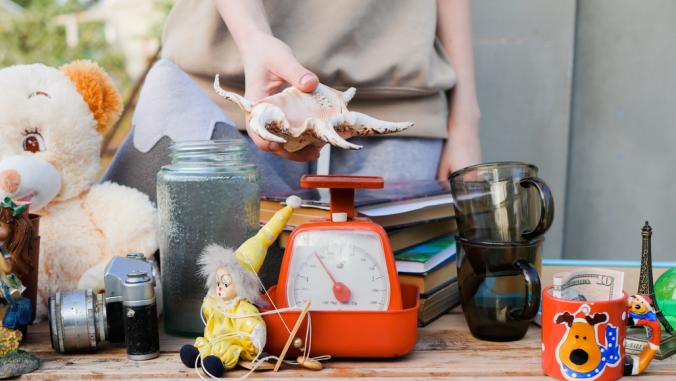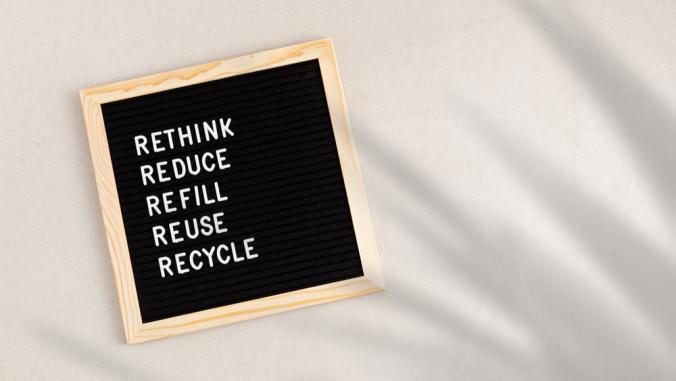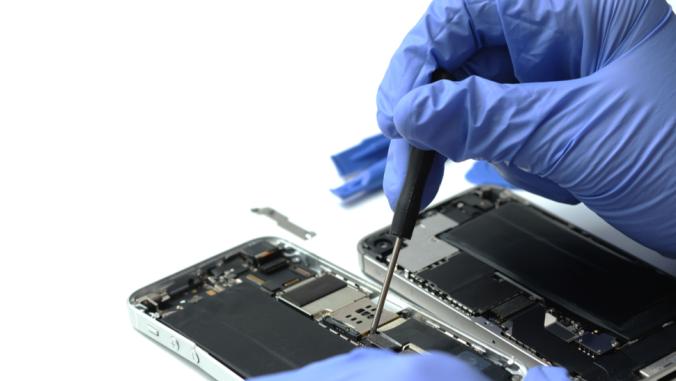Just add nature: 7 biomimicry entrepreneurs to debut at Circularity 19
Biomimicry and circularity go hand-in-hand.

The Giant Lobelias in the Simien Mountains National Park, in Ethiopia. These plants' structures inspired startup Habari’s technology that protects tea plants from frost damage.
This article is drawn from the Circular Weekly newsletter from GreenBiz, running Fridays.
A perfectly circular system — one without waste, non-renewable inputs or inefficiencies — already exists in nature. Of course, it’s not that simple for humans. With capital flows on top of material flows, industry on top of ecosystems, our system isn’t quite as perfectly designed as nature. But some designers and entrepreneurs are using the natural world as a guide to increase the circularity of design and the efficiency of product development.
"Biomimicry fundamentally is a recognition that nature knows best. It’s been doing it so long — 3.8 billion years — and in that time it’s engineered itself to near perfection," said John Lanier, executive director of the Ray C. Anderson Foundation. Lanier is the grandson of the late Ray C. Anderson, the visionary founder of Interface, the flooring company that popularly elevated the potential of using nature as a blueprint for design and business.
The story of Interface’s carpet tile inspired by the forest floor, Entropy, is often lauded as a model of nature-inspired design, and for good reason. While many biomimetic solutions never evolve beyond prototypes and pilots, Entropy represents about a third of Interface’s roughly $1 billion annual sales.
Sure, biomimicry sounds like an ideal approach to problem-solving. Learn from nature’s genius. But it’s not a silver bullet, at least not yet.
"People don’t know how to use biomimicry to solve design challenges, and most don’t think to look to nature for solutions," said Beth Rattner, executive director of the Biomimicry Institute, in an interview. "Biomimicry accelerates circularity, and it can change the way that innovation happens, but we need more proof-points at scale to demonstrate what’s possible."
In order to elevate nature-inspired innovations, Rattner’s organization created the Biomimicry Launchpad, an accelerator that supports biomimicry entrepreneurs as they take early-stage solutions to market. Over a year, Launchpad teams work with experts and mentors to prototype and test their designs, culminating in the $100,000 Ray of Hope Prize, sponsored by the Ray C. Anderson Foundation, which is awarded to one of the finalist teams, along with a $25,000 second prize for two other teams.Biomimicry accelerates circularity, and it can change the way that innovation happens. But we need more proof-points at scale to demonstrate what’s possible.
I’m excited to announce that we’ll be hosting the finalists and announcing the Ray of Hope Prize winner on stage at Circularity 19 in June as we collectively consider how to use biomimicry to accelerate circularity.
Here are this year’s biomimicry entrepreneurs looking to nature for solutions:
Mimicking the four chambers of a cow’s stomach, EcoSTP uses microorganisms, plants and gravel to process up to 1 million liters of sewage per day, without using any energy.
Habari’s technology protects tea plants from frost damage, inspired by the waxy coating of two plants — the giant groundsel and the giant lobelia — while boosting farmer resilience and economic development.
Inspired by the dynamic surface structure of arteries, dolphin skin and mussel byssuses, the tough silky filaments by which many bivalves adhere to rocks and other objects, Aruga Technologies has created a self-cleaning surface technology designed to replace chemical coatings and cleaning protocols.
Gen-Rail’s technology aims to harness wind energy generated on freeways by mimicking the compressible elasticity of cockroaches to create safe impact zones, the California condor’s wings to create efficient fan design and the desert snail shell structure to amplify power generation.
Phalanx Insulation, inspired by cacti, Saharan silver ants, the Saharan camel and wheat plants, can be applied to external walls to passively cool buildings.
UPOD is a solar-powered mosquito-control device inspired by the mechanism of carnivorous plants designed to decrease waterborne illness without the use of chemical inputs.
Watchtower Robotics is a gecko-inspired leak detector to help water pipeline operators save water and protect infrastructure.
Inspired? How can you not be?
These biomimicry-inspired innovations don’t tell the typical circularity story of turning waste into value. They do one better. They reinforce that circularity is about more than reducing packaging and food waste; it’s about how to design products and systems, and how to do business, based on natural concepts and materials. That’s another, less-discussed aspect of the circular economy.
Ultimately, biomimicry has the answers to the questions we’re trying to ask as we build efficient, circular systems — and maybe some we haven’t yet even bothered to ask. While the business case for biomimicry is still opaque to most companies, I look forward to watching these innovators and others mature and evolve this age-old approach to design.





